Solar Harvester makes the process from initial project idea through to installation and project completion, smooth easy and stress free, delivering a complete solar PV solution on time, and on budget
For new roofs or extensions to existing buildings, new regulations require that all tiles are fixed with nails or clips. This makes the task of fitting an above-roof solar system afterwards very difficult. Tiles may need to be broken to access the roof structure below and attach fixing brackets. Replacing removed tiles in accordance with the roof fixing specification is likely to require an adhesive bond between the replaced tile and the surrounding ones.
By contrast, roof integrated solar panels can be installed easily in a new roof. Solar specialists can fix the panels and flashings before the roofing contractors fix the roof covering around them. When installing to an existing roof, integrated solar is often seen as more work than above-roof systems. However, the task of weathering around numerous fixing hooks can be time consuming. Removing a patch of tiles or slates does not take much longer, and provides spare roof tiles that are a perfect match for any future roof repairs.
Solar panels should last thirty years or more. In this time, it is highly likely that the roof covering will need either maintenance or replacement. An on-roof system will have tiles or slates behind the panels, so the solar system would need to be decommissioned and removed before a single tile can be replaced. A simple job that can be carried out from a roof ladder by a roofing contractor has become a significant task that requires scaffolding and the involvement of an electrician or solar installer. With roof integrated solar, there are no tiles behind the panels, so all roofing repairs can be carried out while leaving the solar system in place.
Marley roof-integrated solar panel roof tiles act as both a roof covering and electricity generating solution. Interested? contact us and have a Solar Brochure posted to you.

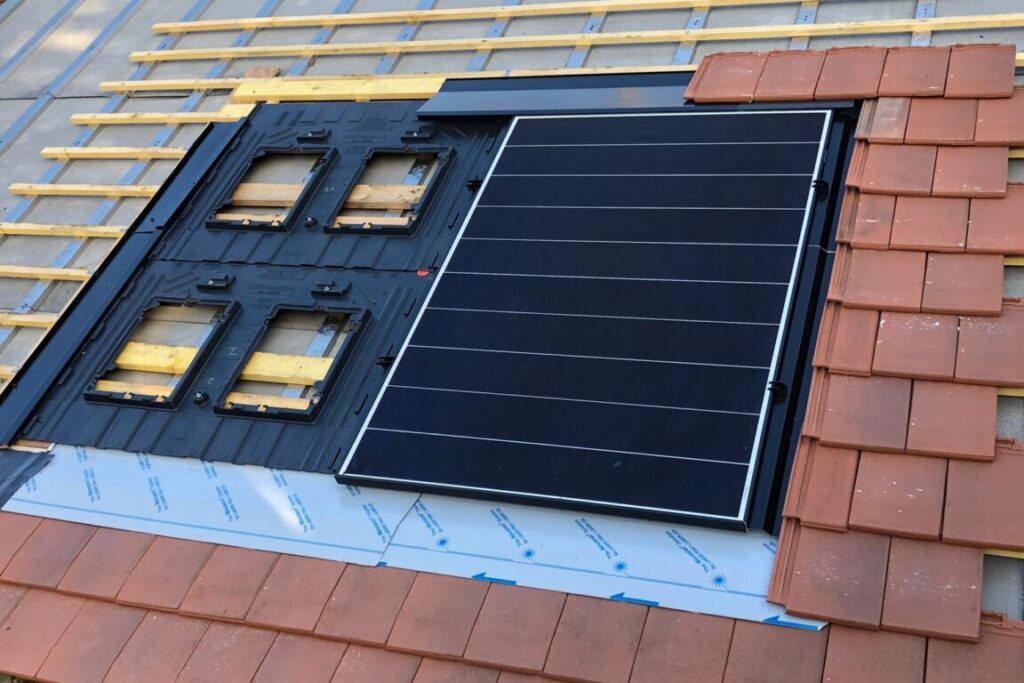
GSE IN-ROOF SYSTEM is evolving to allow for larger and wider modules!
The PORTRAIT format (up to 1800 mm x 1160 mm) is now available.
The following formats will be available soon:
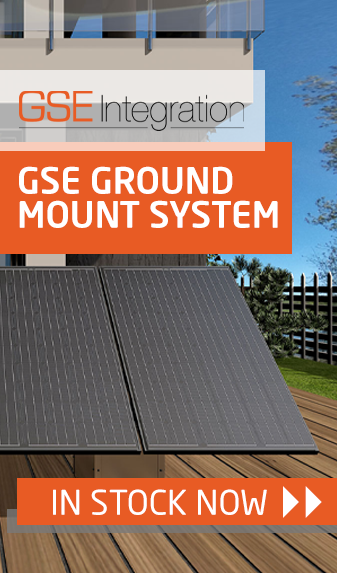
After several requests for a ground mount system GSE is pleased to introduce the GSE Ground Mount system in the UK. It’s a one-of-a-kind solution that doesn’t require plant machinery to pile-drive but simply uses ballast to accommodate two to six PV panels – making it the most cost-effective way to install small-scale systems!
After several requests for a ground mount system GSE is pleased to introduce the GSE Ground Mount system in the UK. It’s a one-of-a-kind solution that doesn’t require plant machinery to pile-drive but simply uses ballast to accommodate two to six PV panels – making it the most cost-effective way to install small-scale systems!
It consists of a simple bolt-together galvanized steel frame secured on a ballast box designed to take numerous solutions e.g., gravel, paving slabs, or sand. Panels can be mounted at multiple angles and at maximum tilt the system is less than 1.80m high. The ground needs to be as flat as possible however, it can be cut into sloping ground if the base is flat.
More Features
Are you looking to be more energy self-sufficient and reduce your bills, but you’re not sure about a roof-mounted solar panel system? A ground -mounted system could be for you.
It may be that your roof isn’t suitable for roof-mounted solar panels, for example if it’s thatched. It may be you’d just prefer not to have solar panels on your roof. Or it may simply be that you have a suitable area earmarked for a ground-mounted system.
The benefits of a domestic ground-mounted solar PV system are very much comparable to those of a roof-mounted system. You’ll save on your energy bills for years to come by using free energy from the sun, you’ll reduce your carbon footprint and you’ll get paid for the energy you export back to the National Grid, if you sign up to the Smart Export Guarantee

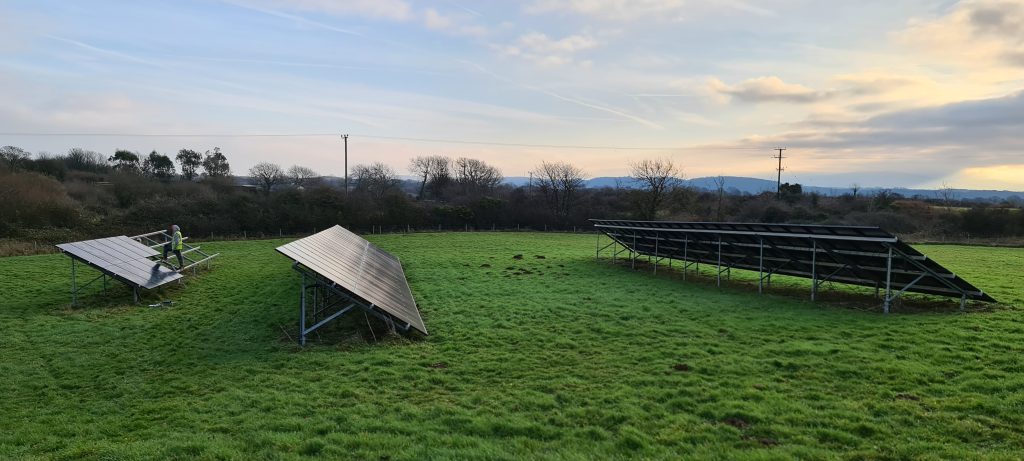
Solar panels are more affordable than ever before and renewable technology is getting smarter, making this the perfect time to go solar.
Tax benefits with solar
Solar panels are classed as plant and machinery which means they are eligible for capital allowances, so the capital cost can be written off against profits in the first year.
If you would like more information, along with the facts and the figures on how you can benefit from solar,
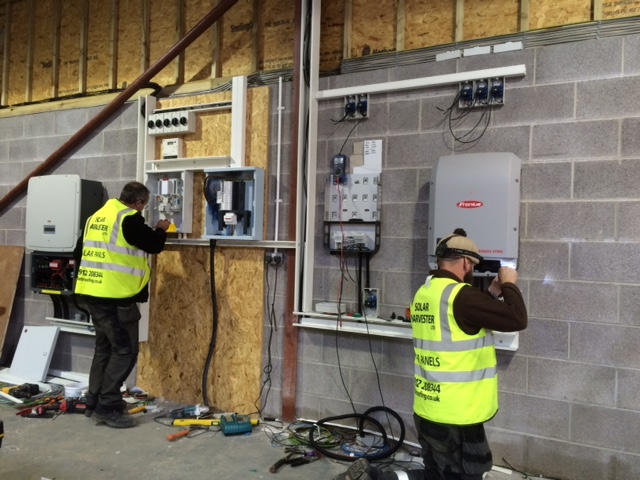
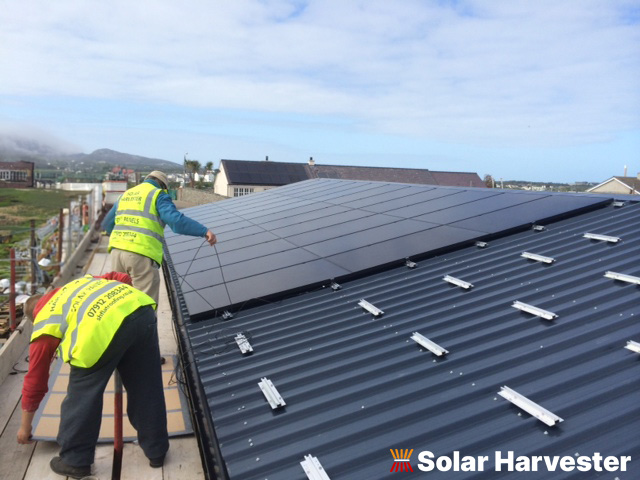
Going solar has a significant, positive environmental impact it is one of the most influential decisions a homeowner who is concerned with the environment can make.
